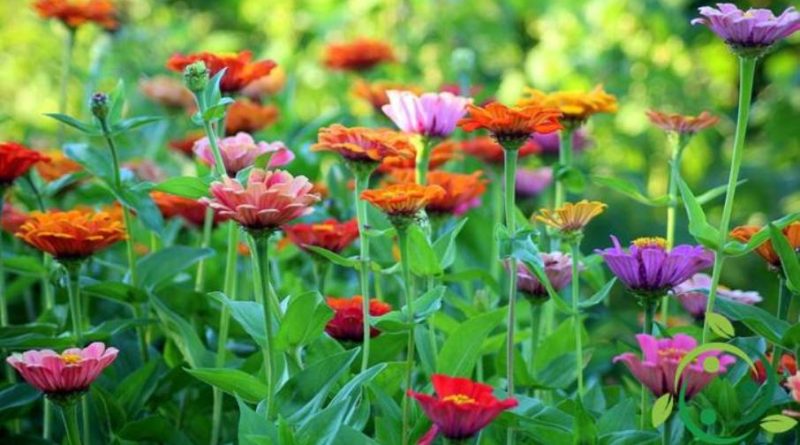How to grow the Zinnias
How to grow the Zinnias
In this practice sheet we will see the essential elements for how to cultivate the zinnias. Zinnia (Zinnia L., 1759) is a genus of plants belonging to the Asteraceae family, originating from the American continent and in particular from Mexico. This genus includes annual or perennial herbaceous species, 50 to 100 cm tall, with numerous horticultural hybrids ranging from dwarf to giant forms. It is a very cultivated plant in Italy both in parks, in gardens or at home. The zinnias have a bushy habit, with erect stems and very ramified with a height that can go on average from 30 to 120 cm, depending on the variety; the flowers are gathered in flower heads that can be simple or double and similar to daisies and with variegated colors.
For the cultivation the zinnias need an exposure in full sun even if they adapt also to the partial shade; the ideal environment is however in a bright area, not subject to cold winds and temperature changes. We suggest growing the the zinnia at minimum temperatures from 8-10 ° C. Zinnias are plants that are easy to adapt to many types of substrates and soils; however the best growth is on a soft soil, rich in organic substances and well drained; for the cultivation in pot instead it is good to mix to the earth of the peat with addition of a 20-30% of sand or gravel, and of perlite (or coarse gravel) in the base of the vase that will favor the drainage of the water.
The reproduction of the zinnias occurs by seed with sowing from the month of February until March, in seedbeds in a container with earth and sand. If you are in a cold climate, this should be covered with a plastic sheet and placed in a sheltered place (at 16-18 ° C); after a few weeks the seeds will sprout and the plastic sheet can be removed. The zinnia is planted in April-May in holes twice the depth of the roots, (to avoid damaging the roots it is advised before the collection to moisten the substratum a lot). Also the repotting is done in spring in a slightly larger vase than the previous one, in order to favor a correct development of the roots and a good balance with the epigeal part of the plant.
Zinnias are plants that do not require frequent irrigation. The advice is to irrigate when you notice that the surface part of the substrate has dried out. For fertilization the best technique is always that of the preparation and preventive mixing of the substrate with compost or earthworm humus. Once a month, organic substances can be periodically added to be integrated with light hoes to the substrate. Do not use chemical fertilizers that tend to unbalance (especially nitrogen) the biocoenosis of insects and soil microflora. The zinnias do not need an excessive pruning but a careful cleaning of the parts of leaves, stems and dried flowers. To stimulate the production of new side jets and new flowers it is advisable to perform the topping, preferably at the fourth leaf level. Be careful to always use well-sharpened scissors and even disinfect with a sodium bicarbonate solution (especially to avoid the spread of powdery mildew which is one of the greatest adversities).
The flowering of the zinnia usually goes from June to October; in the flower beds you can form borders of great effect. You can choose the colorful border or the themed borders with alternating colors of different colors.
Among adversities, in addition to oidium (which can be combated with a solution of bicarbonate of soda or better than potassium) we remember the farinosa cochineal, for this insect you can intervene with solutions based on Marseille soap.

